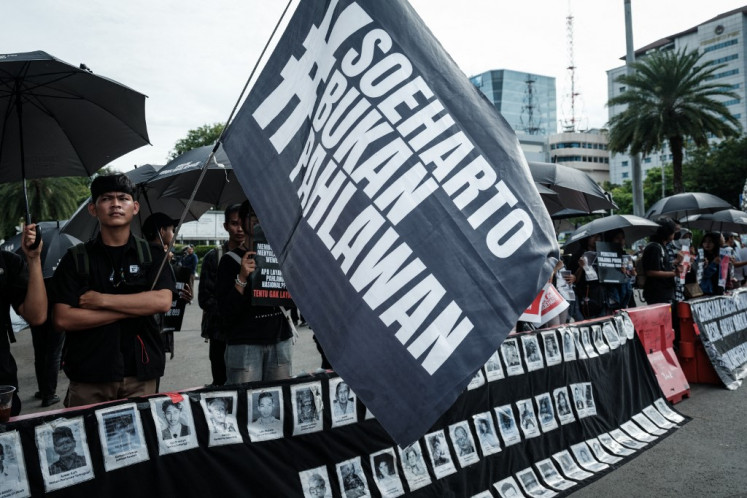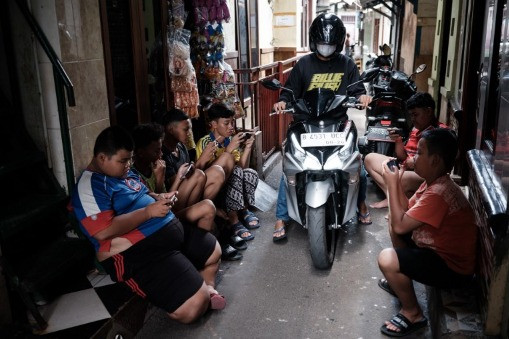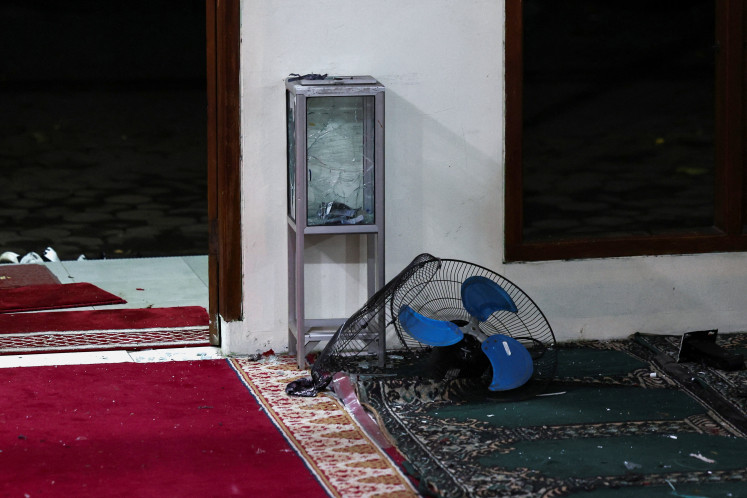Popular Reads
Top Results
Can't find what you're looking for?
View all search resultsPopular Reads
Top Results
Can't find what you're looking for?
View all search resultsHayabusa2 capsule lands in southern Australia
The capsule was sighted before dawn re-entering Earth's atmosphere as a bright fireball lasting several dozen seconds as the heat shield protecting it likely reached temperatures of approximately 3,000 C during its descent.
Change text size
Gift Premium Articles
to Anyone
T
he capsule from the Japan Aerospace Exploration Agency's Hayabusa2 space probe landed in a southern Australian desert on Sunday, the agency said, carrying what scientists hope to be samples from the ancient Ryugu asteroid that could help explain the origin of life.
The capsule was sighted before dawn re-entering Earth's atmosphere as a bright fireball lasting several dozen seconds as the heat shield protecting it likely reached temperatures of approximately 3,000 C during its descent.
The space agency said it has located the landing site by helicopter and that the capsule recovery operation will take place on Sunday morning.
If its mission was successful, the capsule will contain two samples from the Ryugu asteroid, including the world's first subsurface asteroid sample. Scientists believe that organic matter and water existed on the asteroid when the solar system was created around 4.6 billion years ago.
Check out these amazing images of the #Hayabusa2 fireball taken from Coober Pedy in South Australia ☄️ It entered Earth's atmosphere at around 12km per second and is one of the top fastest human-made objects to fly in the Earth's atmosphere. @haya2e_jaxa @JAXA_en pic.twitter.com/ooFyIA7j8e
— Australian Space Agency (@AusSpaceAgency) December 5, 2020
They hope primordial material believed contained in the samples will help further research into the origin of life on Earth and the evolution of the solar system.
The capsule, which was released from the space probe on Saturday afternoon, is believed to have landed in an area of roughly 100 square kilometers within the Woomera Prohibited Area, an Australian military and civil aerospace facility that is also one of the largest land-based test ranges in the world.
Once the capsule is collected it will be taken to a "quick look facility" within the Woomera area to analyze any gasses that may have been emitted from the asteroid material.
Although JAXA engineers are confident they have created a tight seal around the capsule, gaseous material can be easily lost so testing will be performed as soon as possible to obtain the most accurate readings.
The deputy director general of JAXA's Institute of Space and Astronautical Science, Masaki Fujimoto, said that if gases are detected it would indicate that asteroid samples were successfully collected.
The Hayabusa2 space probe made two landings on Ryugu to collect samples.
The first landing in February 2019 saw the probe collect a surface sample from the asteroid. The second sample, collected in July the same year, is the first-ever subsurface sample from an asteroid and was extracted after an artificial crater was created by shooting a copper projectile.
The two samples will provide scientists with a comparison of above-and-below-surface composition.
Although Ryugu is believed to have undergone minimal change since the formation of the early solar system, scientists say materials below the asteroid's surface would not have experienced the same weathering and potential contamination from other meteorite impacts as those on the surface.
At the beginning of Earth's formation, the planet was entirely without water due to its close proximity to the sun. Scientists believe that once Earth cooled, water and organic matter was delivered to it by meteorites with a composition similar to Ryugu.
JAXA's recovery mission is being supported by the Australian Space Agency, which was established in July 2018 to develop the country's space industry.
"This is certainly our first joint (operation), where we're working on a mission with another country," agency head Megan Clark said in an interview. "It's quite exciting for us and exciting for our team to be able to support Japan."
"Also we're learning a lot through all this. We're learning a lot for when we're the ones who are nervous because it will be our mission," Clark said.
The Hayabusa2 space probe was launched from Japan's Tanegashima Space Center in December 2014 and has traveled over 5 billion km so far.
Unlike the original Hayabusa mission, the Hayabusa2 space probe will not return to Earth. Instead, it will continue on to an extended mission to explore asteroid 1998KY26.
While the Hayabusa2 mission has so far proceeded smoothly, the coronavirus pandemic significantly disrupted JAXA's plans for the capsule recovery operation.
Travel restrictions have seen a reduced team of only 79 essential personnel making the trip to Australia from Japan.
Additionally, the team went through quarantine twice -- once in Japan and again when they arrived in Australia. However, an unexpected coronavirus outbreak in the state of South Australia, where Woomera is located, saw the entire state go into a mandatory six-day lockdown, delaying preparations further.
Fujimoto said that if it were not for the support from the Australian Space Agency, "I don't think I would be here (in Woomera)."
Knowing that the team from Japan would be in isolation for two weeks on their arrival in Australia, Clark said the agency put together a "welcome pack" of local South Australian wines, sweets and hand creams for their colleagues.
"It's hard to do isolation so we were just providing little gifts and food, and making sure they had everything they needed so they didn't feel alone," she said.

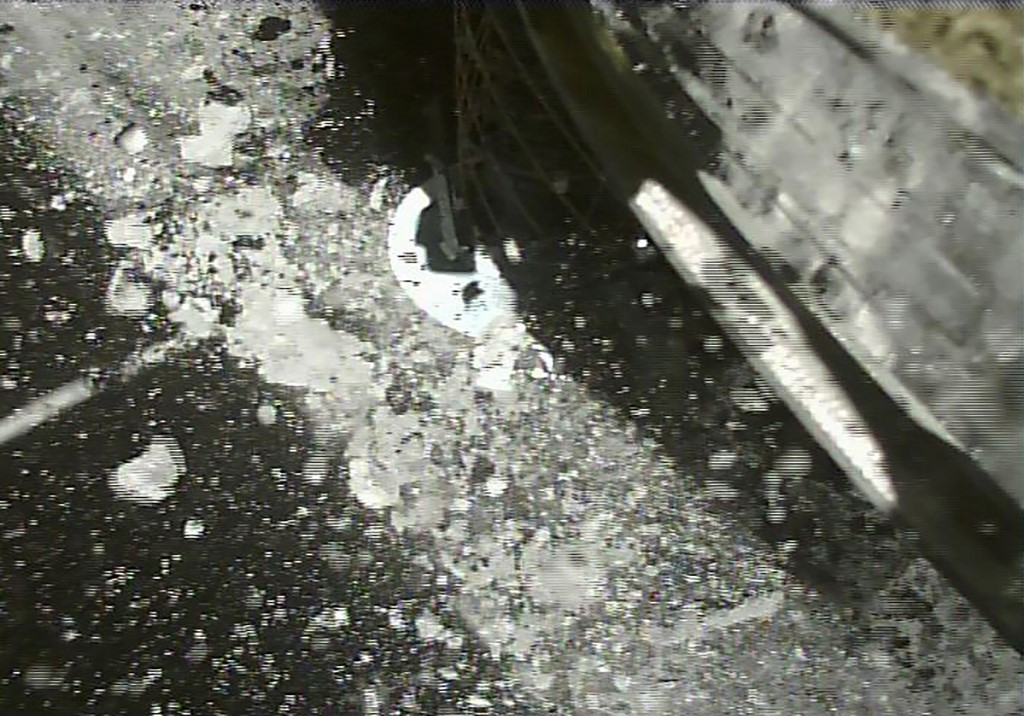


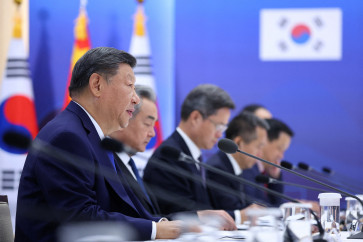
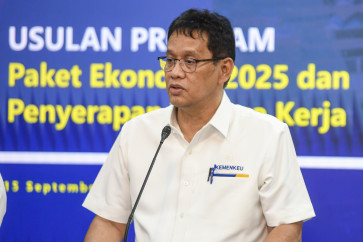
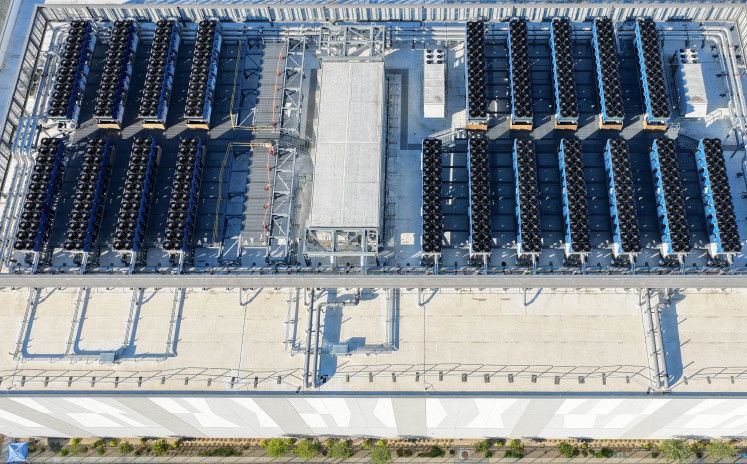

![Let it out: Japanese rocker Hyde holds a solo concert, billed as the Hyde [Inside] Live 2025 World Tour in Jakarta, on Nov. 1, 2025, at Tennis Indoor Senayan in Central Jakarta.
(Courtesy of Sound Rhythm and Mataloka Live)](https://img.jakpost.net/c/2025/11/05/2025_11_05_168574_1762306300._medium.jpg)
